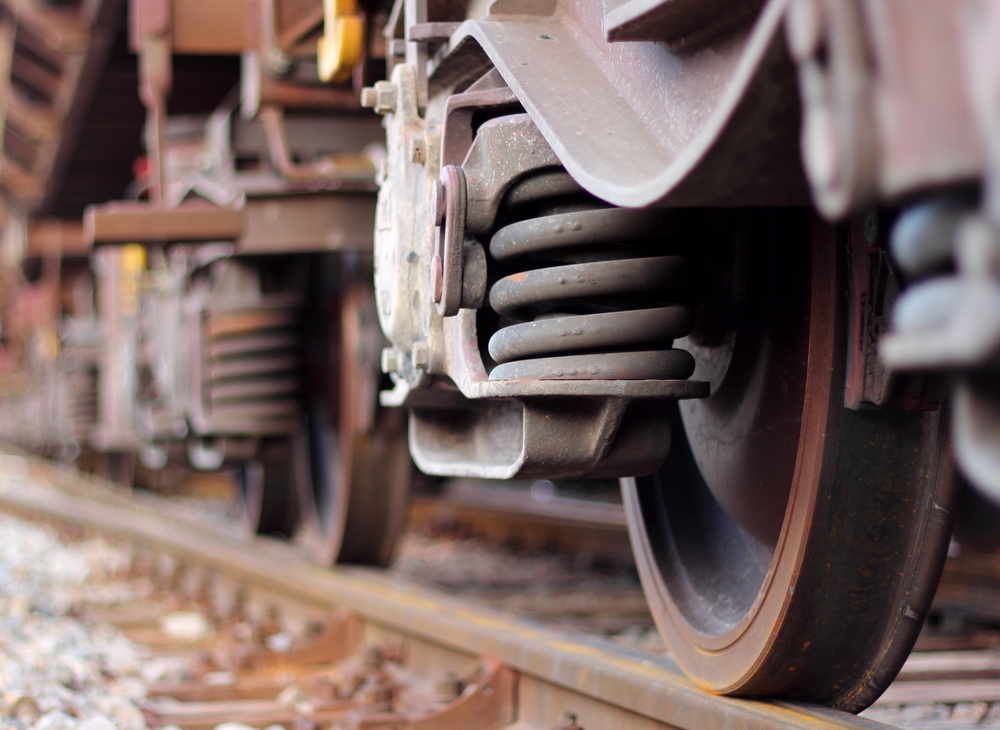
Rail transport existed long before any other method of transportation. It preceded highways and flight and opened up trade routes before America even had 50 states. Sadly, today, rail transport is in trouble. The industry has faced ups and downs over the years; but since the beginning of 2019, the trend has been all downward. The once-dominant rail transport was a focus of industry, but its recent catastrophic declines are barely making headlines. Why is no one talking about the state of rail transport?
The Numbers are Down, Going Lower
The most recent rail traffic report by the Association of American Railroads (AAR) (September) shows a dramatic 7% drop in rail carloads from the same time last year. This drop represents roughly 74,172 carloads. Over the same period, the U.S. originated 1,061,483 containers and trailers, registering a 6% decrease (65,989 units). Outside these core benchmarks, contraction was even more widespread. Of the 20 commodity categories tracked by AAR, 14 saw marked decreases.
The report goes on to explore potential answers for the decrease in load origination, pointing a finger at the declining coal industry and disruptions to domestic manufacturing (tariffs). Not mentioned by the report is the growing tendency of major retailers to control more of their supply chains, which has resulted in greater reliance on off-rail transport.
Supply Chains are Changing
The era of margin preservation and logistical excellence is upon us. Large retailers are in a race to the bottom on price and have turned to the supply chain for cost-cutting and investment opportunities. Rail transport is suffering tremendously as a result.
Take retail giant Walmart, for example. The company has begun a California pilot program for producing its own freight cars. While goods will still be transported over rail, Walmart’s control of its cars cuts out third-party rail companies, along with their fees. Walmart and those following its example are effectively pushing to privatize rail freight- a move that spells doom for major on-rail freight operations.
Weather and Climate Change also Play a Role
The supply chain isn’t the only thing hurting railways. Climate change is a hot topic in politics, with real-world ramifications for rail transport.
Stalwarts including Union Pacific have cited problems like flooding in the Midwest and southern hurricanes as reasons for the drop in freight origination. Regardless of the freight, rail companies are unable to transport cars to their final destination for days or weeks at a time. Not only does this occupy railcars and disrupt logistics, it also pushes companies to rely on other intermodal solutions, leaving rail to suffer the consequences of unpredictable, uncontrollable weather.
Rail Transport Faces More Trouble on the Horizon
Facing the biggest drops in freight origination in years and dim prospects on the horizon, freight is poised to suffer in the coming year. Many economists have already deemed the industry in recession. Now, it’s about how bad the declines will get before they get better.
Clarity on trade policy and the alleviation of tariffs would help soften the decline. A recovery, even a slight one, in the manufacturing economy would also bolster rail and stop the bleeding. But, with these two factors mired in uncertainty and headwinds already rising in supply chain logistics, rail transport will only continue to face challenges.
